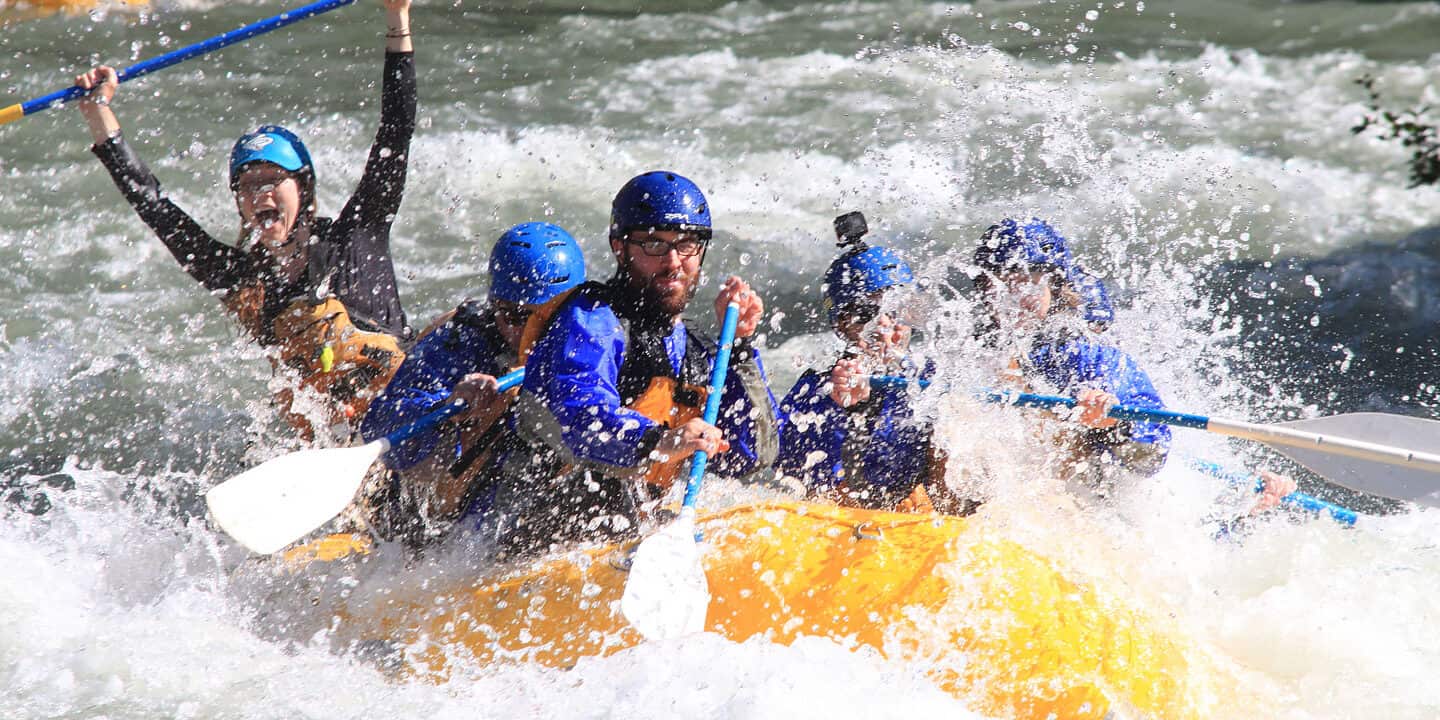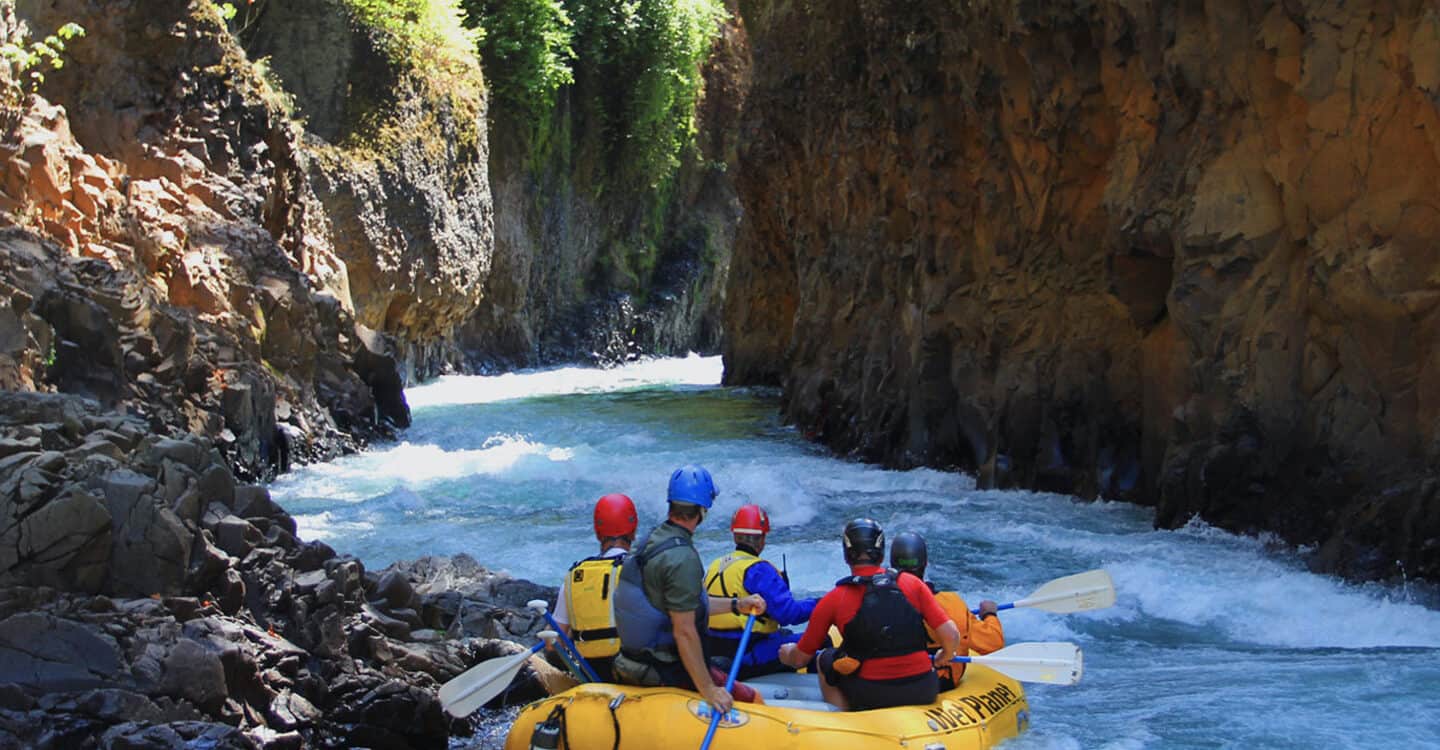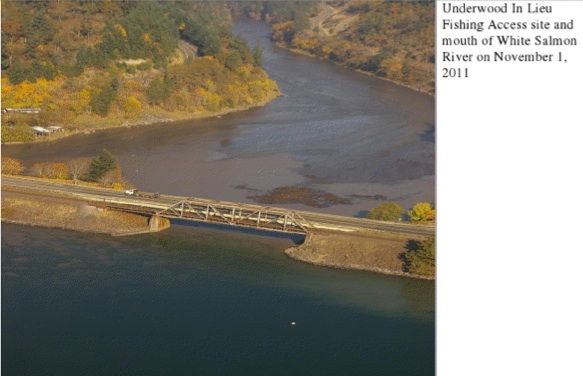
By Susan Hollingsworth
Just three months after the big breach of Condit Dam, a stretch of the White Salmon River has been opened to hatchery steelhead fishing.
Despite concerns for the river’s health and the future of fishing on the one of the Columbia Gorge’s best runs for salmon and steelhead, the river has already begun to repair itself.
Heavy sediment loads will continue to make their way down the river as the famous Pacific Northwest winter rains begin to fall, but the fish will likely find a way to survive. More importantly, PacifiCorp has deemed the river banks below the powerhouse safe enough for intrepid fisherman looking to acquaint themselves with the new river.
From a former county bridge downstream of the old powerhouse to the river’s confluence with the Columbia, fisherman will begin to explore a new river. Each fisherman is limited to two hatery steelhead, and no salmon. While they may have fished the waters of the White Salmon River for decades prior, the new river channel and banks make the stretch of river almost like a “first descent,” or unexplored territory for the adventurous angler.
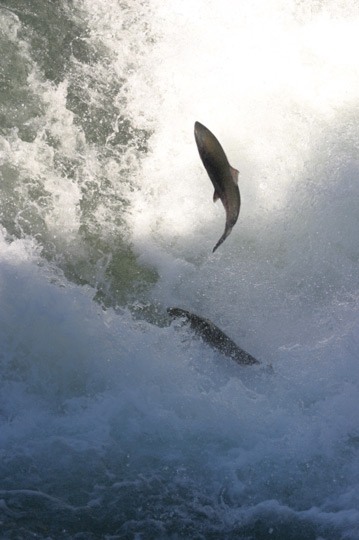 In the world of whitewater kayaking and whitewater rafting, a “first descent” is an opportunity to be the first person in new territory, discovering the intricacies, challenges, and beauties of a place that no one else has ever seen. Even if others have been there, an outdoor enthusiast can get a “personal first descent” during the first trip into a new place.
In the world of whitewater kayaking and whitewater rafting, a “first descent” is an opportunity to be the first person in new territory, discovering the intricacies, challenges, and beauties of a place that no one else has ever seen. Even if others have been there, an outdoor enthusiast can get a “personal first descent” during the first trip into a new place.
For fisherman, the White Salmon River both above and below Condit Dam will be full of “first descents,” new and undiscovered secret spots will be found and a river will be rediscovered.
To have this type of opportunity so conveniently located is phenomenal. New fishing locations or stretches of whitewater don’t just pop up near cities, like Hood River or Portland, Oregon. These days, the fisherman or rafter looking to find a new river must travel deep into the wilderness, even crossing borders into other countries to find untouched waters.
The opening of the lower stretch of the White Salmon River to fisherman is also good news during a time of skepticism and waiting.
Breaching Condit Dam in such a catastrophic way has never been done before in the recent history of hydropower removal. Through extensive environmental studies and assessments, scientists and engineers decided that flushing the reservoir in a quick “flood simulation” would actually help move the toxic sediment downstream quicker. Plans to breach were also made at the beginning of the rainy season. The heavy rains throughout the winter will help to flush the remaining sediment downstream and expose the actual riverbed faster. This will help the river to recover and restore itself quicker.
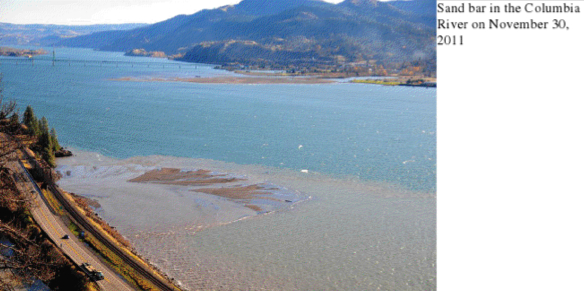 However, this process has been difficult for many to endure. Seeing the walls of mud still lining the canyon walls, and the broad sand bar at the mouth of the river has many getting nervous about the river’s ability to heal itself.
However, this process has been difficult for many to endure. Seeing the walls of mud still lining the canyon walls, and the broad sand bar at the mouth of the river has many getting nervous about the river’s ability to heal itself.
Luckily, we are still in the beginning phases of the whole process. It is easy to look at the river now and assume that the mud will be there forever, and that the aquatic species will never return, but there is still plenty of time.
Humans’ impatience is only natural when we think about our short lifespan as compared to geologic time. The restoration of the White Salmon river may, in fact, happen faster than any other natural disaster due to the care and management of the scientists and engineers. The return of the lower White Salmon is the first sign of this.
While we at Wet Planet will have to wait to boat on certain stretches of the White Salmon River, we look forward to the river’s full restoration and the return of the salmon and steelhead who have known the river for centuries.

